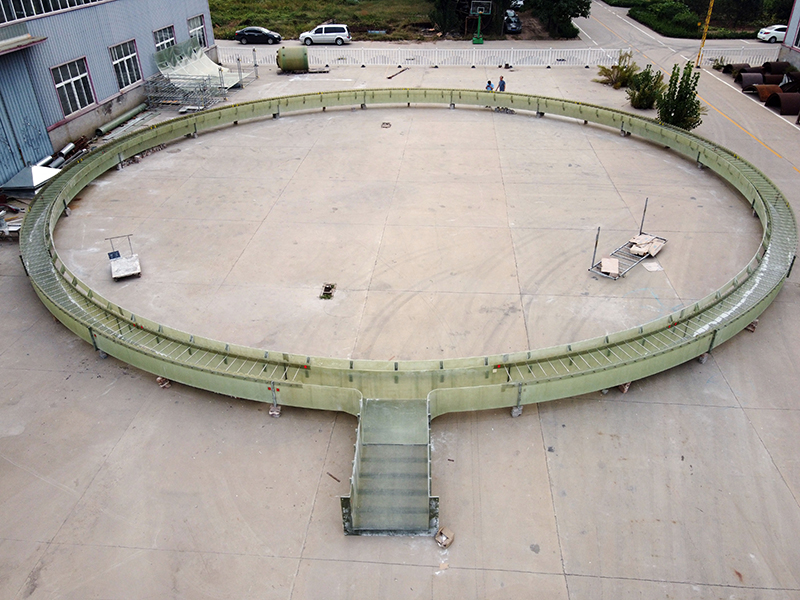
-
 Afrikaans
Afrikaans -
 Albanian
Albanian -
 Amharic
Amharic -
 Arabic
Arabic -
 Armenian
Armenian -
 Azerbaijani
Azerbaijani -
 Basque
Basque -
 Belarusian
Belarusian -
 Bengali
Bengali -
 Bosnian
Bosnian -
 Bulgarian
Bulgarian -
 Catalan
Catalan -
 Cebuano
Cebuano -
 China
China -
 China (Taiwan)
China (Taiwan) -
 Corsican
Corsican -
 Croatian
Croatian -
 Czech
Czech -
 Danish
Danish -
 Dutch
Dutch -
 English
English -
 Esperanto
Esperanto -
 Estonian
Estonian -
 Finnish
Finnish -
 French
French -
 Frisian
Frisian -
 Galician
Galician -
 Georgian
Georgian -
 German
German -
 Greek
Greek -
 Gujarati
Gujarati -
 Haitian Creole
Haitian Creole -
 hausa
hausa -
 hawaiian
hawaiian -
 Hebrew
Hebrew -
 Hindi
Hindi -
 Miao
Miao -
 Hungarian
Hungarian -
 Icelandic
Icelandic -
 igbo
igbo -
 Indonesian
Indonesian -
 irish
irish -
 Italian
Italian -
 Japanese
Japanese -
 Javanese
Javanese -
 Kannada
Kannada -
 kazakh
kazakh -
 Khmer
Khmer -
 Rwandese
Rwandese -
 Korean
Korean -
 Kurdish
Kurdish -
 Kyrgyz
Kyrgyz -
 Lao
Lao -
 Latin
Latin -
 Latvian
Latvian -
 Lithuanian
Lithuanian -
 Luxembourgish
Luxembourgish -
 Macedonian
Macedonian -
 Malgashi
Malgashi -
 Malay
Malay -
 Malayalam
Malayalam -
 Maltese
Maltese -
 Maori
Maori -
 Marathi
Marathi -
 Mongolian
Mongolian -
 Myanmar
Myanmar -
 Nepali
Nepali -
 Norwegian
Norwegian -
 Norwegian
Norwegian -
 Occitan
Occitan -
 Pashto
Pashto -
 Persian
Persian -
 Polish
Polish -
 Portuguese
Portuguese -
 Punjabi
Punjabi -
 Romanian
Romanian -
 Russian
Russian -
 Samoan
Samoan -
 Scottish Gaelic
Scottish Gaelic -
 Serbian
Serbian -
 Sesotho
Sesotho -
 Shona
Shona -
 Sindhi
Sindhi -
 Sinhala
Sinhala -
 Slovak
Slovak -
 Slovenian
Slovenian -
 Somali
Somali -
 Spanish
Spanish -
 Sundanese
Sundanese -
 Swahili
Swahili -
 Swedish
Swedish -
 Tagalog
Tagalog -
 Tajik
Tajik -
 Tamil
Tamil -
 Tatar
Tatar -
 Telugu
Telugu -
 Thai
Thai -
 Turkish
Turkish -
 Turkmen
Turkmen -
 Ukrainian
Ukrainian -
 Urdu
Urdu -
 Uighur
Uighur -
 Uzbek
Uzbek -
 Vietnamese
Vietnamese -
 Welsh
Welsh -
 Bantu
Bantu -
 Yiddish
Yiddish -
 Yoruba
Yoruba -
 Zulu
Zulu
Innovative Fiberglass Clarifier Solutions for Enhanced Water Treatment Efficiency and Sustainability
The Importance of Fiberglass Clarifiers in Water Treatment
In the realm of water treatment, ensuring the purity and quality of water is paramount. One of the critical components in achieving this goal is the use of clarifiers. Among the various materials used in the construction of clarifiers, fiberglass has emerged as a popular choice due to its numerous advantages. This article will explore the significance of fiberglass clarifiers, their benefits, and their applications in water treatment.
Fiberglass clarifiers are primarily designed to separate solids from liquids, allowing for the effective removal of contaminants from water. The process of clarification involves the settling of suspended particles, which are then removed to leave behind clear water. Traditional clarifiers, often made from concrete or steel, can be prone to several issues, such as corrosion, rust, and structural degradation over time. In contrast, fiberglass clarifiers offer remarkable durability and resistance to environmental stressors.
One of the most significant advantages of fiberglass is its corrosion resistance. Water treatment facilities often deal with harsh chemicals and varying pH levels, which can be detrimental to materials like steel. Fiberglass, on the other hand, stands up well to corrosive substances, ensuring a longer lifespan and reducing maintenance costs. This not only allows for a more reliable operation but also minimizes the need for frequent replacements or repairs, thereby promoting long-term sustainability.
Another noteworthy benefit of fiberglass clarifiers is their lightweight nature
. Unlike traditional materials, fiberglass is considerably lighter, making transportation and installation more manageable and cost-effective. This characteristic allows for easier handling during the installation process and can significantly reduce labor costs associated with rigging and maneuvering heavy equipment. Moreover, this lightweight quality enables the construction of more intricate designs, facilitating the optimization of space within treatment facilities.fiberglass clarifier

Fiberglass clarifiers also excel in terms of flexibility and customization. Manufacturers can tailor the design of these clarifiers to meet specific needs, whether in terms of size, shape, or configuration. This adaptability is vital, as water treatment facilities can vary significantly in their operational requirements. By providing customizable solutions, fiberglass clarifiers enable facilities to optimize their processes, thereby enhancing overall efficiency.
In addition to these physical properties, fiberglass clarifiers possess excellent hydraulic characteristics. Their smooth interior surfaces reduce friction, enabling efficient flow of water and promoting effective separation of solids. This efficiency is crucial in the quest for cleaner water, as it allows treatment facilities to handle larger volumes of water more effectively, thus meeting increasing demand without compromising quality.
Moreover, the use of fiberglass clarifiers can contribute to the environmental sustainability of water treatment practices. By reducing the need for replacements and the resources spent on maintenance, fiberglass technologies align with eco-friendly initiatives. Facilities can operate efficiently while ensuring minimal environmental impact, promoting the overarching goal of sustainable water management.
In conclusion, fiberglass clarifiers are an invaluable asset in modern water treatment facilities. Their durability, resistance to corrosion, lightweight nature, flexibility, and hydraulic efficiency make them a preferred choice over traditional materials. As the importance of clean water continues to grow, integrating advanced technologies like fiberglass clarifiers will be essential in meeting the challenges of water treatment. By embracing innovation in materials and design, we can ensure the provision of safe, high-quality water for communities worldwide.
Latest news
-
Fiberglass 90 Degree Elbow for Custom Tanks & High Pressure Pipes Durable and Corrosion ResistantNewsJun.24,2025
-
Exploring the Benefits of Top Hammer Drifter Rods for Enhanced Drilling PerformanceNewsJun.10,2025
-
High-Precision Fiberglass Winding Machine for GRP/FRP Pipe Production – Reliable & Efficient SolutionsNewsJun.10,2025
-
FRP Pipes & Fittings for Shipbuilding - Corrosion-Resistant & LightweightNewsJun.09,2025
-
Premium FRP Flooring Solutions Durable & Slip-ResistantNewsJun.09,2025
-
Premium Fiberglass Rectangular Tanks Durable & Lightweight SolutionNewsJun.09,2025









